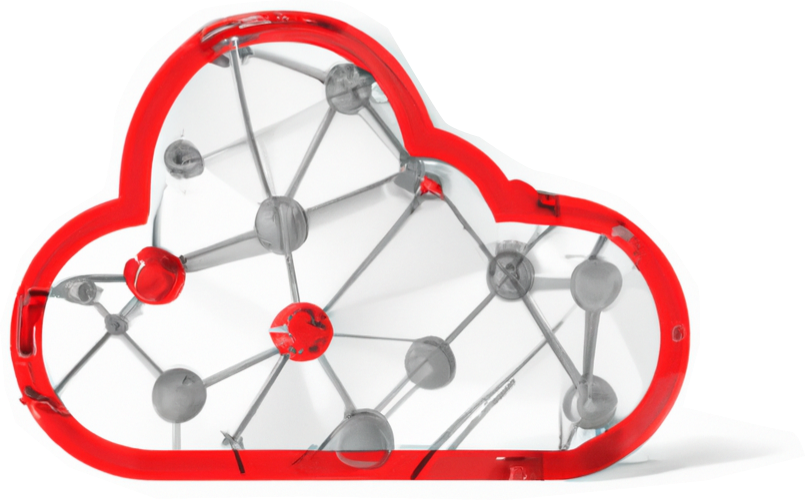Clear View
DATA SOLUTIONS
What are the Benefits for Small Businesses to Collect Their Footfall Data?
If you were looking for: Why is collecting footfall data important? Should small business count their foot traffic? How do you track footfall in a shop? Should Small Retailers Collect their Footfall Data? Why Should Small Businesses Use People Counters?
For a small business, collecting footfall data can offer several significant benefits:
1. Understanding Customer Behavior:
Footfall data provides insights into customer behavior, including peak visiting hours, popular entry points, and dwell times. Understanding these patterns allows small businesses to tailor their operations, staffing, and marketing efforts to better serve their customers.
2. Optimizing Staffing Levels:
By analyzing footfall data, small businesses can determine when they are likely to experience high levels of customer traffic and adjust staffing levels accordingly. This helps ensure that there are enough staff members available to provide assistance during busy periods, improving customer service and satisfaction.
3. Identifying High-Traffic Areas:
Footfall data can help small businesses identify which areas of their premises receive the most foot traffic. This information can be used to optimize product placement, signage, and promotional displays, increasing visibility and potentially driving sales.
4. Measuring Marketing Effectiveness:
Small businesses can use footfall data to evaluate the effectiveness of their marketing campaigns and promotions. By correlating foot traffic with marketing initiatives, they can determine which strategies are driving customer visits and adjust their marketing efforts accordingly.
5. Predicting Demand:
Footfall data allows small businesses to predict future demand for their products or services more accurately. By analyzing historical footfall patterns, they can anticipate when they are likely to experience peaks and valleys in customer traffic and plan inventory levels and staffing accordingly.
6. Improving Operational Efficiency:
Armed with footfall data, small businesses can identify inefficiencies in their operations and make informed decisions to improve efficiency. For example, they may discover bottlenecks at certain entry points or times of day and take steps to alleviate congestion and streamline the customer experience.
7. Enhancing Customer Experience:
By leveraging footfall data to optimize operations, staffing, and layout, small businesses can enhance the overall customer experience. Shorter wait times, better-stocked shelves, and more personalized service contribute to increased customer satisfaction and loyalty.
Overall, collecting footfall data enables small businesses to make data-driven decisions that improve operational efficiency, enhance customer experience, and drive business growth.

